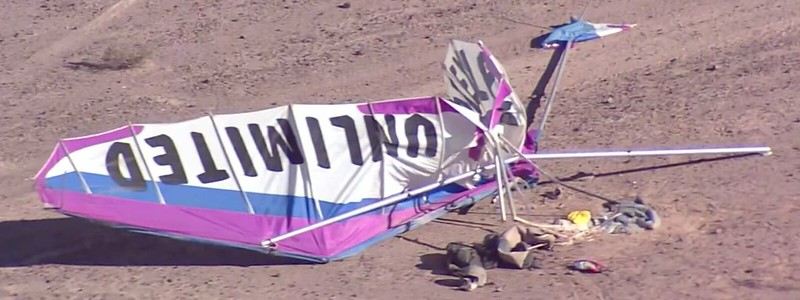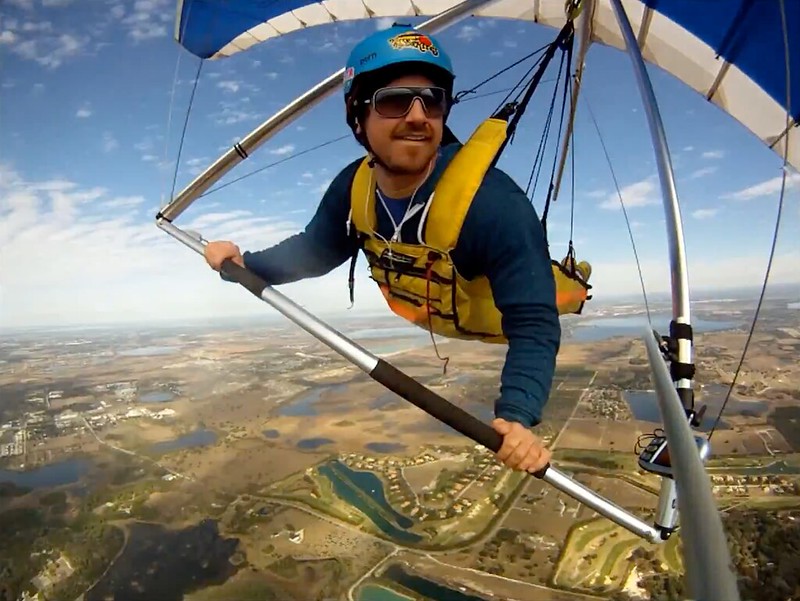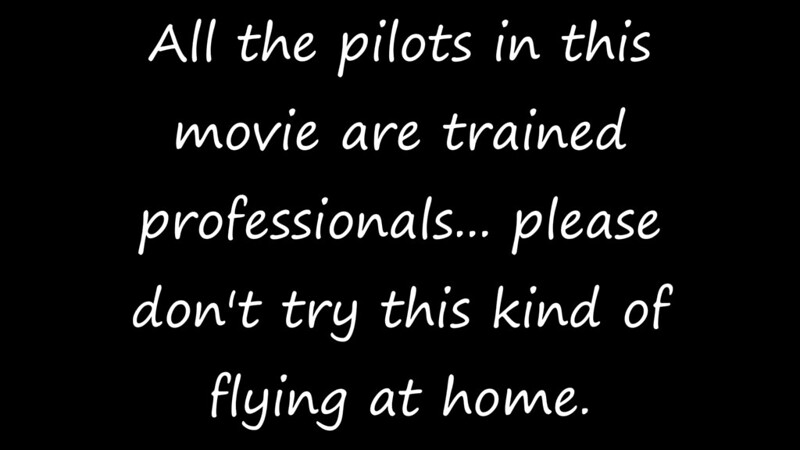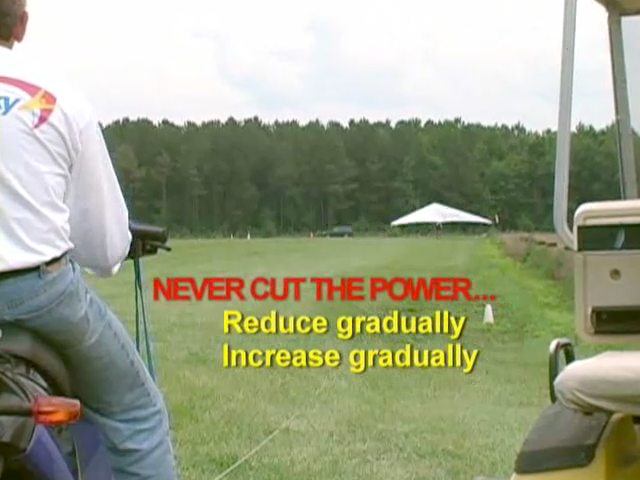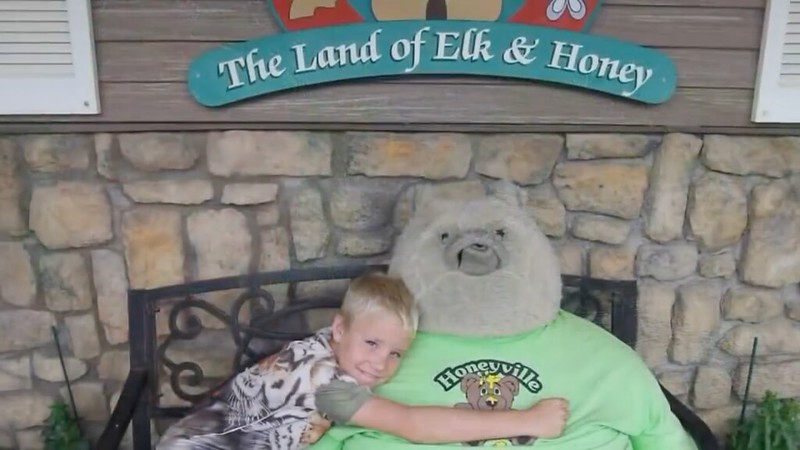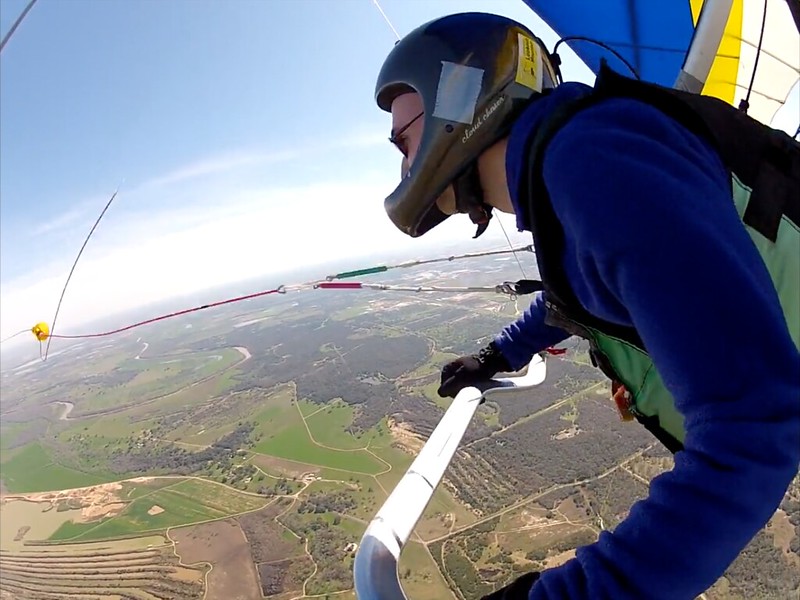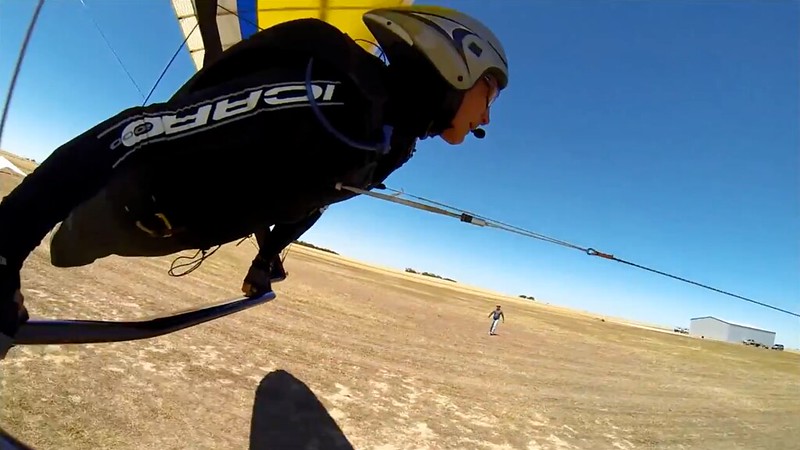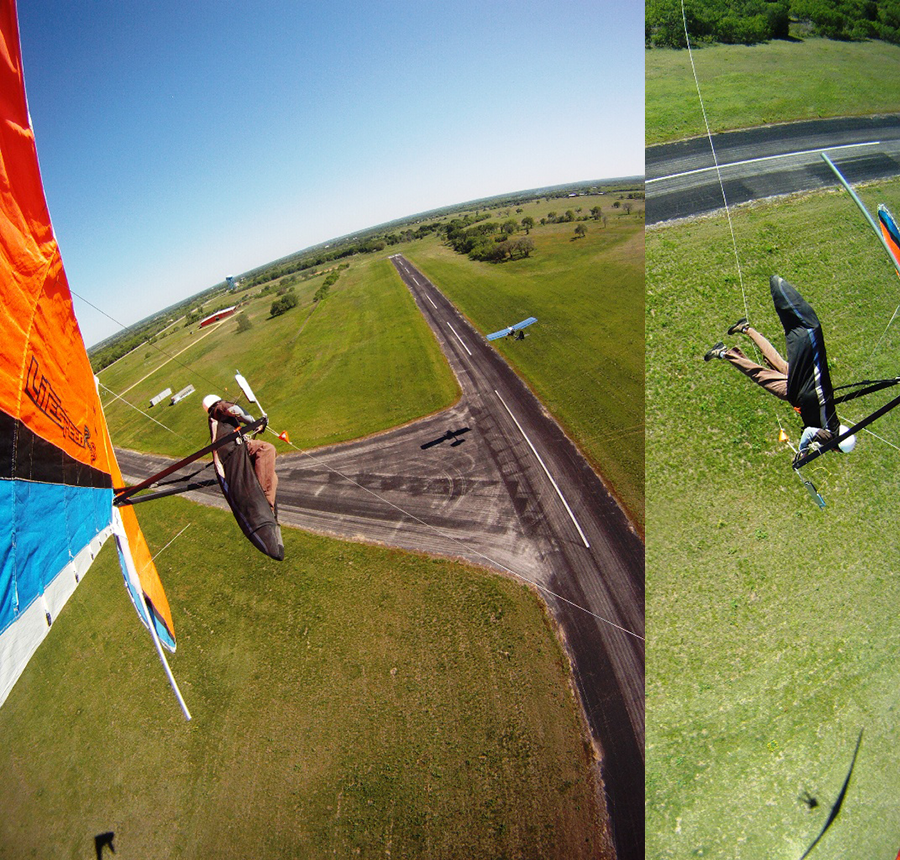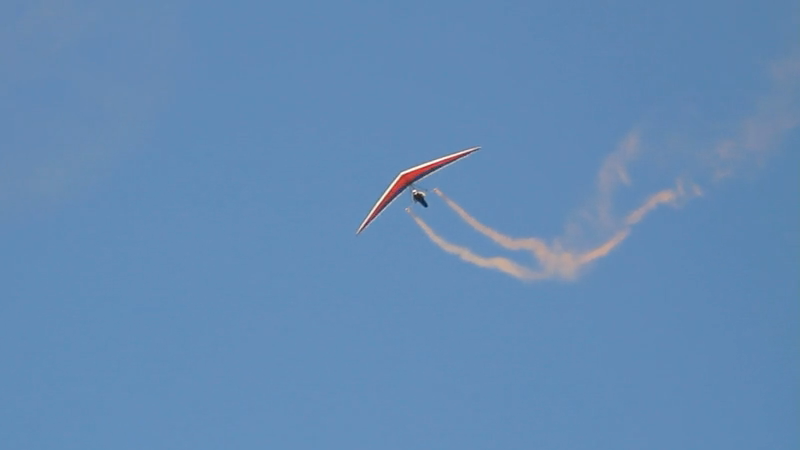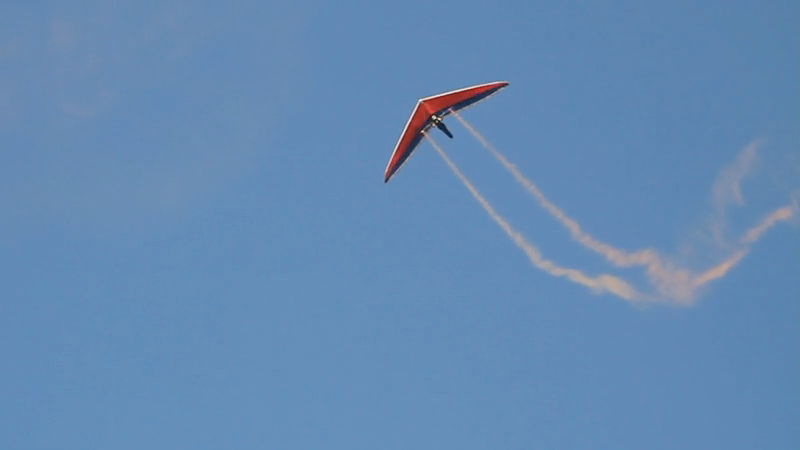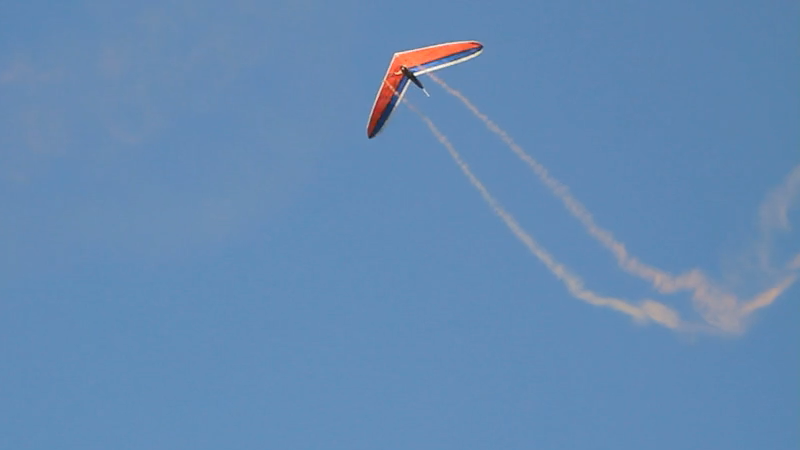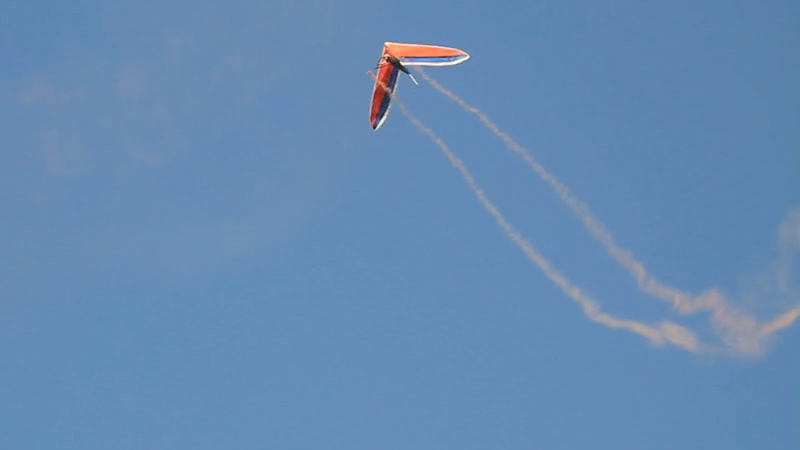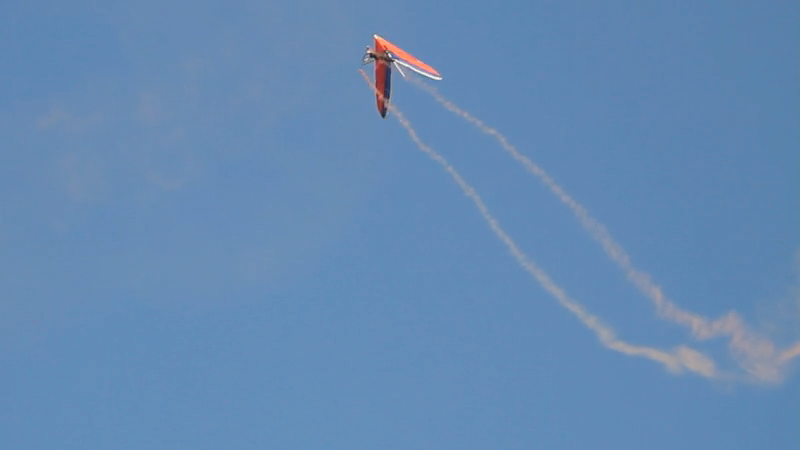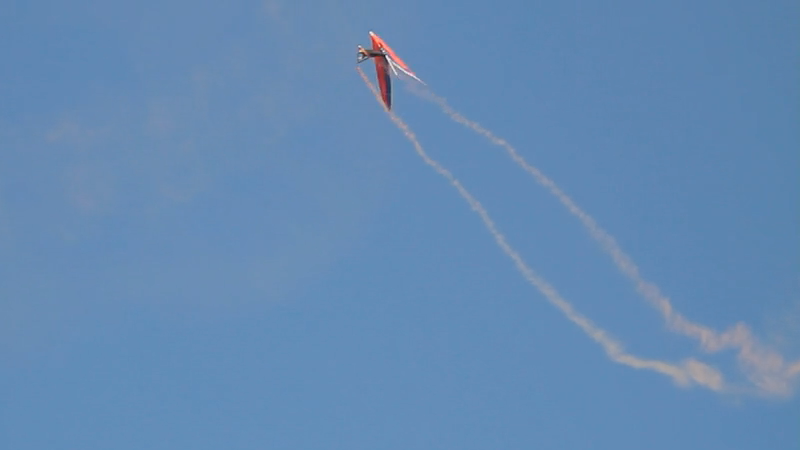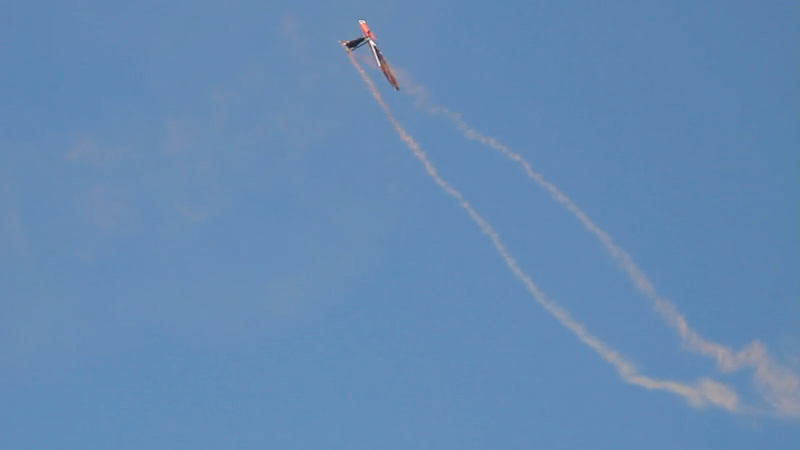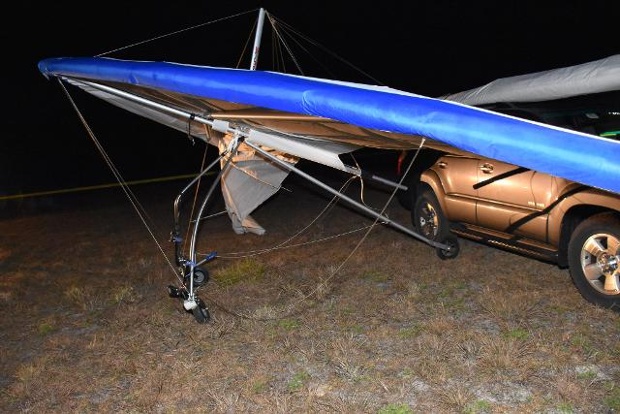Spring Training
Spring Training
2016/03/22
Landing
Everything said above about muscle memory, equipment, and complexity on launching should be applied for landing as well. As we advance in our flying experience, the wings we fly typically require more/different skills to control, as we touch down. And that's not the only concern: at this stage of our more advanced development, the landing we make each day occurs after having spent hours in the air, perhaps suffering from dehydration and exhaustion, and going into an LZ we have never even seen, as happens in XC. Spring Training ideas here include:
- Run a club landing clinic that includes:
- Discussion and video review of proper landing techniques including:
- Air speed control on approach, with emphasis on maintaining sufficient air speed for good control, through the likely wind gradient and thermal/mechanical turbulence near the ground, before bleeding off that air speed in ground effect to execute the touch down.
- Body/harness position transition techniques and glider control during approach.
- How to determine whether to run it out or flare the glider; this depends on the weather conditions (i.e., higher wind makes running it out preferable) and LZ characteristics (i.e., terrain obstacles might require a strong flare technique).
- What to do at the last second, if it isn't going well (i.e., let go, ball up and let the glider take it).
- Approach decision-making, including where to more safely land, with regard to obstacles (i.e., cars, tree lines, spectators).
- Repeat actual landing practice, using training hill or tow. Again, video review is the most effective way to convince pilots that perhaps their technique isn't the best and help them accept the critique of their peers on what can be done to improve. In our sport, the most effective way to learn or improve is by the repetition of maneuvers.
Mitch Shipley
USHPA Accident Reporting Committee Co-Chair (Hang Gliding)
http://www.ushpa.org/page/2016-spring-training
Spring Training
So what we should do is...Landing
Everything said above about muscle memory, equipment, and complexity on launching should be applied for landing as well. As we advance in our flying experience, the wings we fly typically require more/different skills to control, as we touch down. And that's not the only concern: at this stage of our more advanced development, the landing we make each day occurs after having spent hours in the air, perhaps suffering from dehydration and exhaustion, and going into an LZ we have never even seen, as happens in XC.
http://ozreport.com/forum/viewtopic.php?t=27086
Steve Pearson on landings
...rotate to upright and put our hands at shoulder or ear height on the control tubes where we can't control the glider and open ourselves up to getting turned downwind.Steve Pearson - 2012/03/28 23:26:05 UTC
I can't control the glider in strong air with my hands at shoulder or ear height and I'd rather land on my belly with my hands on the basetube than get turned downwind.
WHOSE ideas - asshole? And what are they based on?Spring Training ideas here include:
- an old Frisbee in the middle of the LZ- Run a club landing clinic that includes:
- a 25 tape measure for accurately determining the spot landing contest winners
- print-outs of Jim Keen-Intellect Rooney's twenty page Davis Show Landing thread
- a windsock and a dozen streamers to enable pilots to decide whether or not it's safe enough to attempt a safe landing
- enough spare downtubes to enable participants to continue beyond early afternoon
http://www.hanggliding.org/viewtopic.php?t=34176- Discussion and video review of proper landing techniques including:
- Air speed control on approach, with emphasis on maintaining sufficient air speed for good control, through the likely wind gradient and thermal/mechanical turbulence near the ground, before bleeding off that air speed in ground effect to execute the touch down.
- Body/harness position transition techniques and glider control during approach.
- How to determine whether to run it out or flare the glider; this depends on the weather conditions (i.e., higher wind makes running it out preferable) and LZ characteristics (i.e., terrain obstacles might require a strong flare technique).
- What to do at the last second, if it isn't going well (i.e., let go, ball up and let the glider take it).
Retirement Flight
Steve Corbin - 2016/03/20 06:58:36 UTC
I'm a wheel lander and proud of it. In fact I wish I'd started it sooner than I did, I didn't know what I was missing. It's really a lot of fun.
For too many pilots, a great flight ends with fear and loathing. Trying to fly along the ground with shifting and variable winds at or very near stall speed is a recipe for disaster. Yet this is the way ya do it for full flare landings.
We older guys need to consider that we ain't young pups anymore. Bones might break more easily, and take longer to heal.
I think that for more pilots than will admit it, final approach is a rather unpleasant experience. "Am I gonna get it right this time?"
For me, it's totally OK to limit my flying to the extent necessary that will ensure a good LZ every time.
If it's rowdy in the LZ I can land with a higher airspeed on wheels. No need to fly through that window of vulnerability, that of flying slowly in possibly turbulent air at the bottom of the gradient.
In a narrow dry riverbed with large rocks strewn all over the place - what we've practiced to land in since Day One, Flight One. If we ever came down in a Happy Acres putting green we'd have absolutely no idea how to best address the situation.- Approach decision-making, including where to more safely land, with regard to obstacles (i.e., cars, tree lines, spectators).
IMPROVE? I just got progressively worse with practice until I found myself rolling to a stop ten out of ten times. The stigmatization is now almost more than I can bear and I doubt I'll be able to hold out until I'm seventy when Ryan Instant-Hands-Free-Release Voight says wheel landing would be acceptable.- Repeat actual landing practice, using training hill or tow. Again, video review is the most effective way to convince pilots that perhaps their technique isn't the best and help them accept the critique of their peers on what can be done to improve. In our sport, the most effective way to learn or improve is by the repetition of maneuvers.
So Mitch... Can you come to our club with your scooter tow gear and...
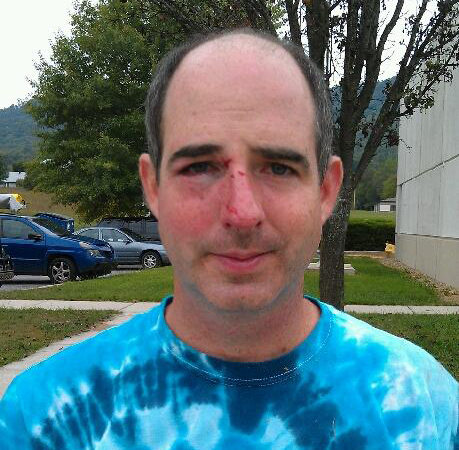
...run a landing clinic for us so we too can learn how to do this shit safely?
